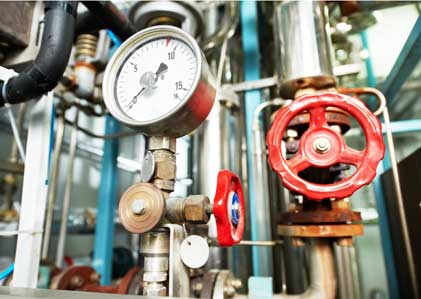Residential and Commercial Solar HVAC System Manufacturers
Event Horizon Solar & Wind
Event Horizon’s ACDC12C unit is a hybrid solar air conditioner and heat pump. Although it’s a hybrid, it’s designed primarily for off-grid use. When used entirely off-grid, batteries and charge controllers are required. Although installation is touted as a DIY project for homeowners, adding refrigerant should be done by an HVAC technician. It requires PC panels that can produce about 750 watts.
Gree North America
Gree manufactures solar hybrid heat pumps with built-in inverters. The sensorless inverter fan motor and DC compressor use advanced technology to reduce noise and vibration while improving efficiency. Capacities range from three to ten tons, making the units appropriate for a variety of structures.
Hotspot Energy
Hotspot offers several 48V DC heat pump units designed for full off-grid operation. They can save excess power in either golf cart or deep-cycle batteries. They feature variable speed, capacity, and refrigerant flow. Their ACDC12C models are hybrid heat pumps. While batteries can be added for off-grid use, Hotspot does not recommend doing so. Plug and play technology makes installation easy.
Lennox
The Lennox SunSource products are complete systems designed for use with “solar modules.” Both heat pumps and air conditioners are available. All are high-efficiency units that are designed to run quietly. Rather than one inverter for the system, each solar module has a “microinverter.” Homeowners can expand their systems easier if needed.
LEZETi
The LEZETi hybrid is an air conditioner only. Although it runs off DC power from PV panels, it must always be connected to a 220/240VAC power source. It is not intended for off-grid use. It uses plug and play technology for ease of installation.
Solair World International
Solair manufactures hybrid solar-powered air conditioners and off-grid DC units. The hybrid units are available from 9,000 BTU to 24,000 BTU cooling and 9,500 BTU to 25,000 BTU healing capacity. The system must be connected to a 220/240VAC power source and automatically switches to that source when there isn’t enough sunshine.
The 48V DC air conditioner models range from 12,000 to 24,000 BTU capacity. They require charge controllers and batteries. Both the DC and hybrid models use plug and play technology.
YMGI
YMGI solar-powered heat pumps all feature variable refrigerant flow technology. The systems are modular and can be installed in multiples of three so that they can be easily retrofitted or expanded. Systems are available in 36,000, 48,000, and 96,000 BTU cooling with 45,000, 54,000, and 108,000 BTU heating capacity.
They also manufacture smaller DC inverter heat pump systems. The units supply from 9,000 to 36,000 BTU cooling capacity and from 10,000 to 40,000 BTU heating capacity. They require from 450 to 1800 W to operate.



